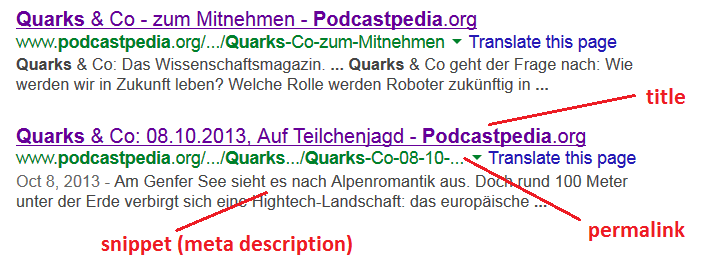Contents
The challenge
I have been getting complaints from people who were trying to suggest a podcast to Podcastpedia.org, and that for a good reason. They were getting a page with the following message:
"Unknown error. Please inform us about it with the Error indication form."
This is the default page rendered when an unknown exception occurs. Although this is prettier than displaying the error stacktrace, it should be avoided – it didn’t tell the visitors much and me neither.
 Source code for this post is available on Github - podcastpedia.org is an open source project.
Source code for this post is available on Github - podcastpedia.org is an open source project.

